Back to basics: communication strategy development
As communicators putting together a group of disparate pieces of information to solve a problem is our bread and butter. However, even the most experienced of us sometimes loses sight of how to pull together a communications strategy. Whether it is because you haven’t done it in a while or you never felt that confident in the first place here are some basics you need to know to develop a great strategy and a template to put them into practice.
Let’s start with what it is and what it isn’t. James Mahoney defined strategic communications as “analysing big-picture issues that help or harm an organisation’s ability to do its job and working out how to deal with them”. A strategy is an outline of the operating environment and audience based on research, it is a demonstration of how communications messages and tactics will help to solve an organisational problem or capitalise on an opportunity. It is not a list of tactics and timeframes, they have their time and place, but they aren’t a strategy.
Developing a strategy can take time and effort, here are some key tips to keep you focused and I have created a strategy template, so you can just follow the headings to put this into practice.
Communication strategy template
Have a clear purpose and goals
This seems so obvious but without a clearly articulated purpose for your strategy you can get off track quickly. The purpose is a broad statement that states the core problem and what has to be done. Goals should be linked to the organisational goals and focus on reputation, relationships and tasks.
Don’t skip the environmental scanning
Many people find this bit hard, it’s hard to find the right information and articulate what you just know instinctively. But, don’t skip it, this is a valuable exercise. There are a few main tools you can use, the most well-known is the SWOT analysis but another one that I really like is the PESTLE analysis (more on that in coming weeks) which I think works particularly well for government. These kind of tools provide a structured way to think through this part of your strategy.
Create clear and measurable objectives
Objectives are the reference point that sets the compass for the communication strategy, it provides direction and specific information about what must be achieved. They are precise, measurable statements that deal with the change you are hoping to achieve (awareness, acceptance, understanding or action). Think about it like this, if you have an objective like “an increase in website traffic” at the end of your strategy how will you know if you achieved it – what increase, by when, did you get the right audience, why do you want them to go to the website, did they do what you wanted them to do. I like this simple this formula:

Don’t create a chapter of messages
Messages are the key information you need to tell your audience to meet your objectives. They are not every possible point that may need to be made throughout the duration of this strategy. They should be short and to the point, you should be able to read it out loud easily (without being out of breath). Keep in mind these aren’t set in stone they give you direction on the tone and intent, but you may need to adapt your messages for different audiences or different channels.
Know your audience
Target publics or audiences need to be defined and segmented. They need to be researched and understood. A long list of every type of client and stakeholder won’t help you figure out how to reach them. DO NOT include “the public” they are not an audience, you can’t target everyone in the world with one strategy! For each group you should be able to articulate who are they, what are they thinking, their level of understanding, their communication preferences, what is concerning them at the moment, and what else is happening in their world.
Think outside the square when it comes to delivery
When I was working in a government communications team it was easy just to use our ‘owned’ channels – website, email, social media. But each strategy is different, so you need to consider where your audience is and how to achieve your objectives. Think creatively! What stakeholders do we need to involve, what proactive media could we do, how will we tell staff (don’t forget them!). Think through the longer-term opportunities, not just the immediate announcement.
How to roll it out
Quite often people confuse implementation with tactics, but it is so much more. It is an assessment of how you will actually make this strategy happen. It should include a timeline of all steps (including development, planning and delivery), the resources needed (how many people need to be involved, how long will it take them, what skills do you have or need), governance (roles and responsibilities, approvals and accountability) and the all-important budget.
There is no point doing a strategy unless you can prove that it worked
Last week I wrote about the importance of evaluation. This is why having clear and measurable objectives is critical. While it is tempting to just move on to the next project don’t skip this step. Outline how you will know that your strategy worked and what tools you will use to evaluate your outcomes and outputs.
Need some help? With a wealth of experience in internal and external communications, planning and strategy are a core strength of Elm Communications. Elm Communications knows great communications is formed on a base of research, clear objectives, understanding your audience, establishing consistent messaging, and measuring outcomes.


One Comment
Carlos Tso
Hi there. Thank you…Useful article!.